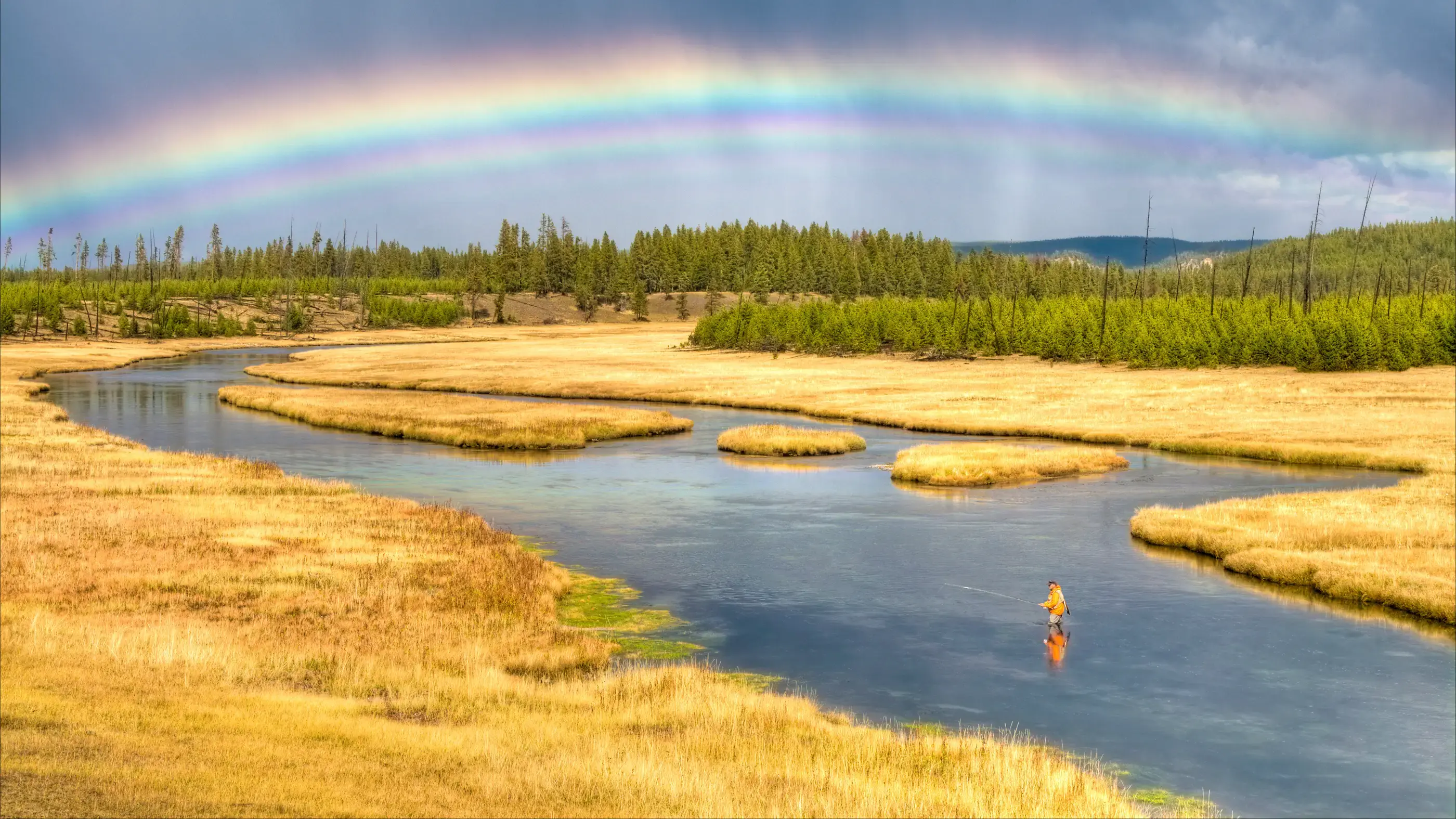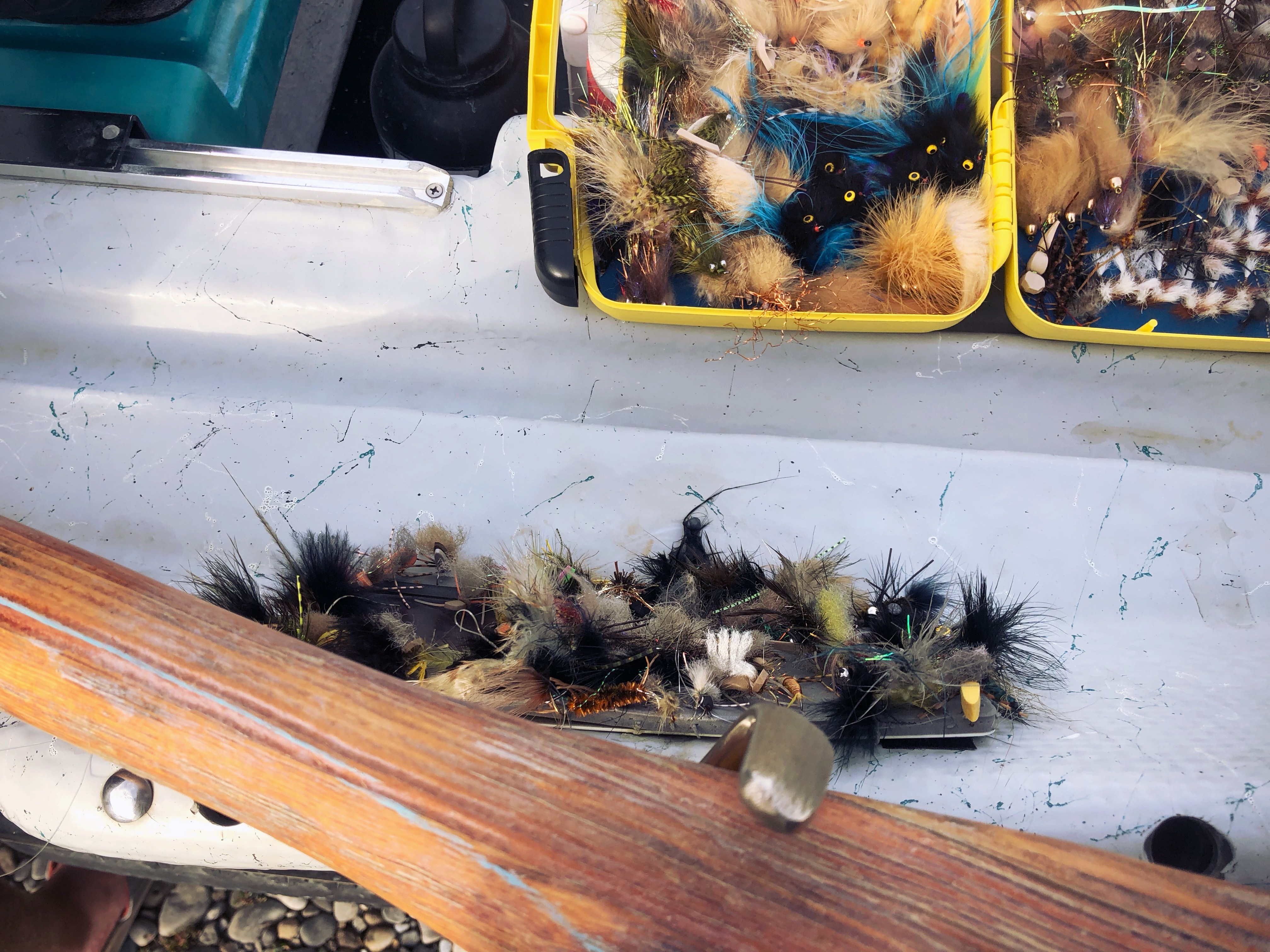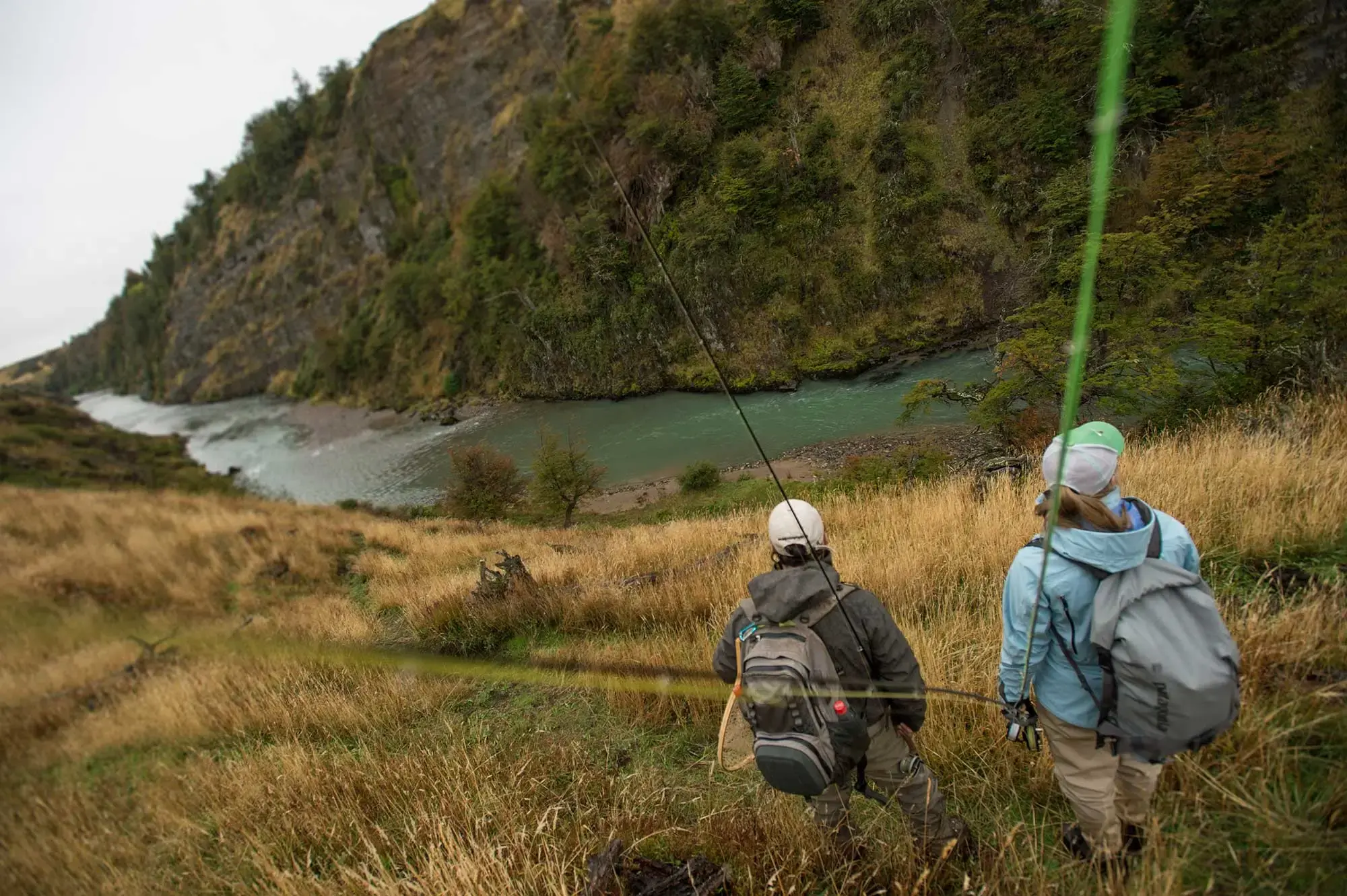Find the Changes, Find the Fish

Find the Changes, Find the Fish
The best lesson I ever learned about locating trout in a river came from a tuna captain.
Fishing with Steve “Creature” Coulter, 40 miles off Hatteras, North Carolina, I stared out at the horizon and asked him how in the world he went about finding fish in the open ocean. “It isn’t so hard,” he said, smiling. “It’s just like trout fishing.”
For the record, Creature might be one of the most decorated big-game fishermen on the Atlantic seaboard, but his closet fishing passion is chasing trout with flies. “How do you figure that?” I asked, perplexed by the comparison.
“Fish like changes,” he said. “Changes in currents, changes in depth, changes in water color, changes in structure. If you find a patch of sea grass floating in the open ocean, that’s a structure change, and you’ll find fish under it. If you find a place where currents converge, baitfish will school there and bigger fish will follow them. Reefs, wrecks, and rock formations attract fish too, as do underwater ridges and canyons.”
Apply that thinking when you go to the trout river. Look for changes in currents, where swift water meets slow water; changes in structure, where rocks and trees create holding water; changes in depth, like shelves and pools; or changes in color, which usually signals a depth or structural transition.
“It’s all pretty much the same,” Creature told me. “You trout guys can walk or row a boat to find those changes, but you’re essentially doing the same thing a tuna boat captain does in the ocean.”
Find the changes, find the fish.
.svg)








